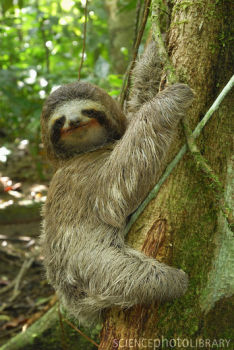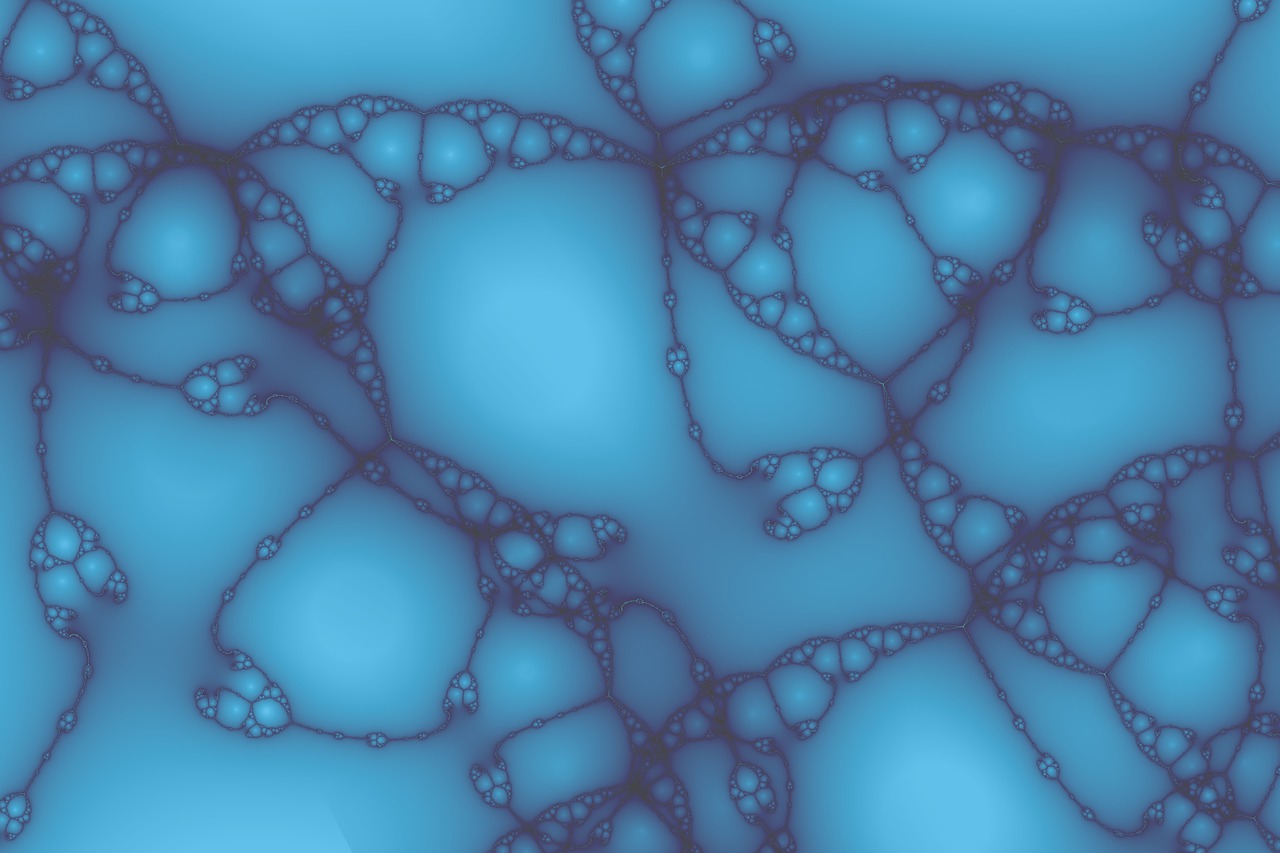 物种鉴别是动物管理系统中重要的一部分,区分亲缘关系近的物种和标记出每一个物种的特征。一些物种,如2趾树懒,在长相上和行为上都很相像,因此很难区分。圣地亚哥动物园全球保护研究所(San Diego Zoo Global's Institute of Conservation Research)的研究人员研制出一种方法以用于区分这些隐居生活的树懒物种。
物种鉴别是动物管理系统中重要的一部分,区分亲缘关系近的物种和标记出每一个物种的特征。一些物种,如2趾树懒,在长相上和行为上都很相像,因此很难区分。圣地亚哥动物园全球保护研究所(San Diego Zoo Global's Institute of Conservation Research)的研究人员研制出一种方法以用于区分这些隐居生活的树懒物种。
Oliver Ryder博士是圣地亚哥动物园全球保护研究所的主任,他说:“由于不同物种的2趾树懒具有很高的外部形态相似性,因此对它们的鉴别通常构成很大的挑战。通过努力,我们研制出一个低成本、操作简单的分子工具,它可应用于物种鉴定,并将改善对2趾树懒的分类管理,最终证明树懒是一类稀少、濒临灭绝物种的代表。”
这项研究发表在12月份的《动物园生物学》(Zoo Biology)期刊上,对2趾树懒的物种鉴别基于PCR技术但不需要测序,线粒体标记(COI基因)和限制性酶实验是2个涉及的方面。研究报告在染色体多态性上2趾树懒(这里指人工囚养的品种)的种内和种间模式,霍夫曼2趾树懒在染色体数目上表现出低多态性,仅处于50和51之间,而林奈2趾树懒具有的二倍体数处于53到67之间,多态性高表明它们是地理阻隔的群体。
圣地亚哥动物园全球保护研究所致力于提供和分享科学知识,并把这些知识应用于全球范围内动、植物和栖息地的保护。研究所的工作包括定点研究(圣地亚哥动物园等)、实验室研究(阿诺德和梅布尔贝克曼中心)以及235位研究人员参与的国际项目。

 Species identification and chromosome variation of captive two-toed sloths
Species identification and chromosome variation of captive two-toed sloths
Cynthia C. Steiner,Marlys L. Houck,Oliver A. Ryder
Two-toed sloth species, Linnaeus's and Hoffmman's, are frequent residents of zoo collections in North America. However, species identification has always been problematic because of their large overlap in external morphology, which represents an obstacle to the captive breeding program. We describe here a PCR-based technique that allows species identification of two-toed sloths without requiring sequencing, by using a mitochondrial marker (COI gene) and restriction enzyme assay. We also report intra- and inter-specific patterns of chromosome variation in captive two-toed sloths. Molecularly, we identified 22 samples of Linnaeus's and Hoffmman's two-toed sloths corresponding to 14 and 8 individuals, respectively. One animal was identified as a hybrid using the nuclear gene Enam having alleles derived from both species. The chromosome number in Hoffman's two-toed sloths showed low variation ranging only between 50 and 51. In contrast, Linnaeus's two-toed sloths appeared to vary widely, with diploid numbers ranging from 53 to 67, suggesting distinct geographic groups. The species identification method presented here represents a low-cost easy-to-use tool that will help to improve management of the captive population of two-toed sloths.
文献链接:https://onlinelibrary.wiley.com/doi/10.1002/zoo.20360/abstract







